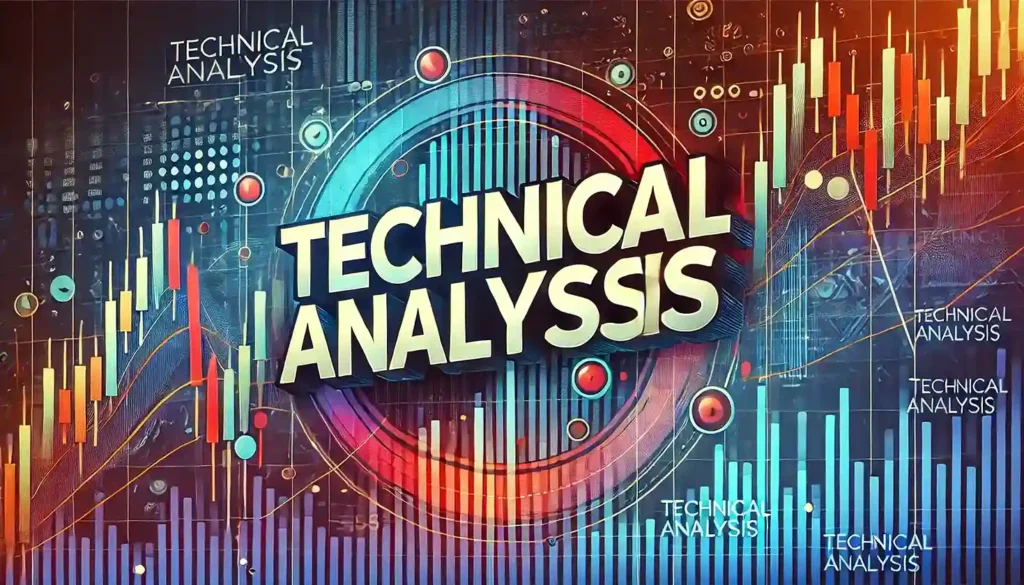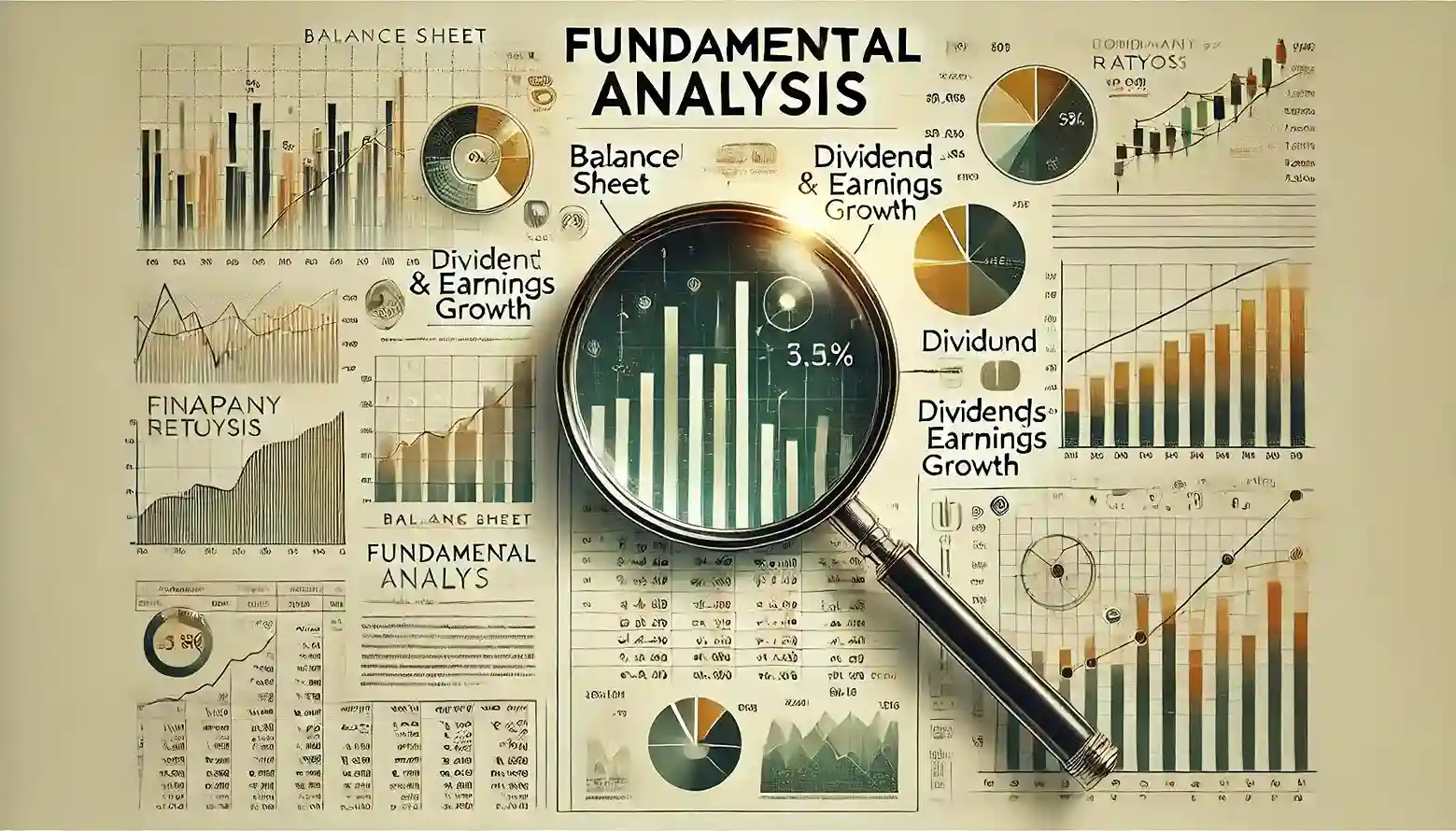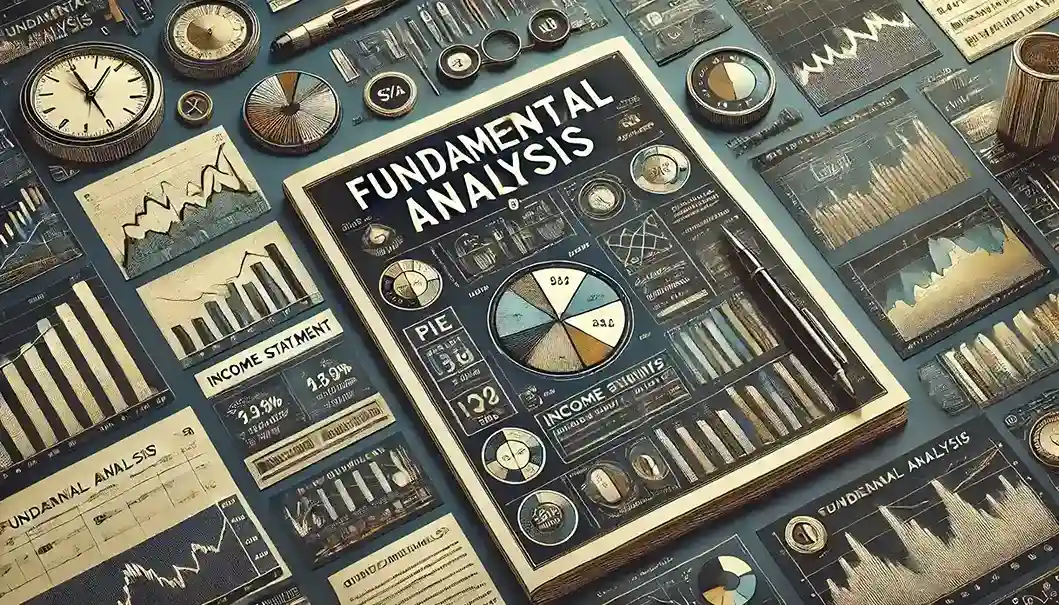Introduction Technical analysis is a powerful research technique used by traders to identify lucrative trading opportunities in financial markets. Unlike fundamental analysis, which focuses on economic indicators and company-specific data, technical analysis revolves around analyzing the actions of market participants as visualized in price charts. By studying these charts, traders can discern patterns, trends, and market sentiment, which help them plan their trades effectively.
Why Use Technical Analysis?
Technical analysis provides valuable insights into various aspects of the market. Here’s what it helps traders achieve:
- Chart Patterns and Candlestick Patterns: Recognize recurring patterns that indicate potential price movements.
- Direction of Price Movement: Identify whether the price is in an uptrend, downtrend, or sideways trend.
- Risk-Reward Ratio: Calculate better trade setups with optimal risk-reward ratios.
- Trader Sentiments: Gauge market psychology and participant behavior.
- Market Participants’ Mindset: Understand the actions of retail and institutional investors.
- Big Players’ Activities: Spot the footprints of large institutional investors or “big players.”
- Entry, Exit, and Stop-Loss Levels: Determine the best possible points to enter or exit a trade and set stop-loss levels.
- Buyer and Seller Zones: Identify key areas of supply and demand where significant buying or selling has occurred.
- Trading Volume Analysis: Assess the quantity of shares traded to gauge market participation and trends.
- Supply and Demand Zones: Discover regions where market trends could reverse or consolidate.
Types of Technical Analysis
Technical analysis can be broadly categorized into two main types:
1. Price Action-Based Analysis
This approach focuses on studying raw price movements on a chart. Traders analyze:
- Support and resistance levels
- Chart patterns just like double tops and double bottoms, cup and handle, flags, etc
- Candlestick patterns like doji, hammers, and bullish or bearish engulfing
Price action-based analysis relies on understanding how prices behave without using external indicators.
This is one of the best book for price action trading you can buy here: [Price Action Trading]
2. Indicator-Based Analysis
This method utilizes mathematical calculations and technical indicators to predict price movements. Popular indicators include:
- Moving Averages (Simple and Exponential)
- Relative Strength Index (RSI)
- Moving Average Convergence Divergence (MACD)
- Bollinger Bands
Indicators help traders confirm trends, momentum, and potential reversal points, providing additional data to make informed decisions.

Also Read: Mastering How to Select Stocks For Trading: 11 Expert Tips for Both Investors and Traders
Key Concepts of Technical Analysis
1. Chart Patterns
Chart patterns are visual representations of market movements. They reveal how market participants are behaving and provide a clue about potential price movements. Examples include head and shoulders, double tops and bottoms, and triangles.
2. Candlestick Patterns
Price movements form Candlestick patterns and it indicates the market sentiment. Examples include bullish engulfing, hammer, and doji.
3. Market Trends
Technical analysis helps identify three main types of market trends:
- Uptrend: Prices consistently form higher highs and higher lows.
- Downtrend: Prices consistently form lower lows and lower highs.
- Sideways Trend: Prices move within a horizontal range.
4. Volume Analysis
Volume is the number of shares or contracts traded by buyers and sellers in a given period of time. High volume often indicates strong market sentiment and supports price movements.
5. Support and Resistance
Support levels can be defined as the price level where the price stops falling, and just the opposite of support, resistance is the price level where the price stops rising. These levels are crucial for planning entry and exit points.
This is one of the best book for technical analysis you can buy here: [Technical Analysis]
Assumptions in Technical Analysis
Technical analysis is built on the following key assumptions:
- Markets Discount Everything: All known information is already reflected in the price.
- The How Is More Important Than the Why: Focus is on understanding price movements rather than the reasons behind them.
- Price Moves in Trends: Prices tend to move in identifiable trends until they reverse.
- History Repeats Itself: Patterns observed in the past are likely to reappear.

Also Read: Top 3 Powerful Market Participants in the Stock Market You Need to Know
Benefits of Technical Analysis
- Short-Term Trades: Ideal for trades lasting from a few minutes to a few months.
- Small but Consistent Profits: Focus on frequent trading opportunities that generate steady returns.
- Risk Management: Employ stop-loss levels to limit losses and protect capital.
- Scalability: Suitable for various financial instruments, including stocks, forex, and commodities.
Limitations of Technical Analysis
While technical analysis offers numerous advantages, it is not foolproof:
- Not Always Accurate: Predictions are based on historical data and may not always align with future market movements.
- Market Manipulation: Prices and volumes can sometimes be artificially influenced.
- Requires Consistent Effort: Mastery of technical analysis demands consistent learning and practice.
How to Succeed in Technical Analysis
To excel as a technical analyst and trader, you must:
- Learn Continuously: Stay updated on chart patterns, candlestick patterns, and trading strategies.
- Emphasize Risk Management: Always use stop-loss levels and calculate risk-reward ratios.
- Adopt Discipline: Avoid emotional trading and stick to your plan.
- Focus on Volume and Trends: Pay attention to significant volume spikes and trend formations.
- Be Prepared to Exit: If a trade goes wrong, exit quickly and look for the next opportunity.
Conclusion
Technical analysis is a highly effective tool for short-term traders seeking consistent profits. By analyzing charts, patterns, and trading volumes, traders can uncover market opportunities and make informed decisions. However, it’s essential to combine technical skills with strong risk management and a disciplined approach to achieve long-term success. Start your journey today and unlock the potential of technical analysis for smarter trading.
“Disclosure: Some of the links in this article are affiliate links. If you click and make a purchase, I may receive a small commission but |No additional cost to you| This helps support my content creation. Thank you!”
Disclaimer: This article is for educational purposes only and does not constitute investment or trading advice. Please consult a SEBI-registered financial advisor before making any financial decisions.




